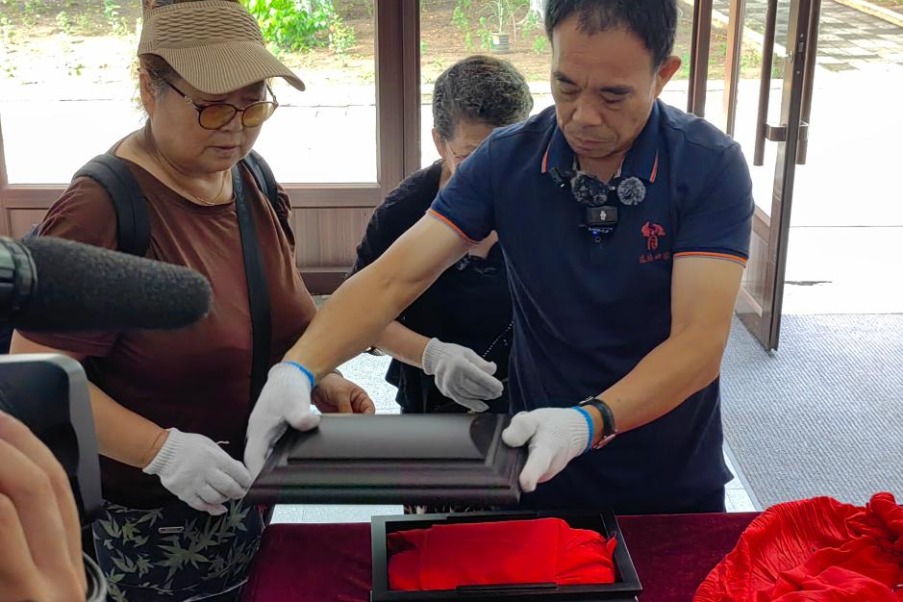What they say

Editor's Note: The State Council Information Office held a group interview on Thursday to discuss stepping up efforts to boost China's transportation strength as the nation strives to become a pioneer in the industry.
Permafrost formed over 10,000 years ago, but due to the warming and humidification of the Qinghai-Tibet Plateau, it's gradually turning into something like "sesame paste". Building roads on this kind of soft, unstable ground is a huge challenge. My first approach was to mix cement into the "sesame paste" to make it solid. The second was to add crushed stone, a method we call dynamic compaction and replacement — this helps the soft soil support loads. The third method involves using pile foundations to go through the soft layer so that the load rests directly on the deeper, permanent permafrost.

Tian Bo, deputy director at the basic research and innovation center of the Research Institute of Highways, Ministry of Transport




































